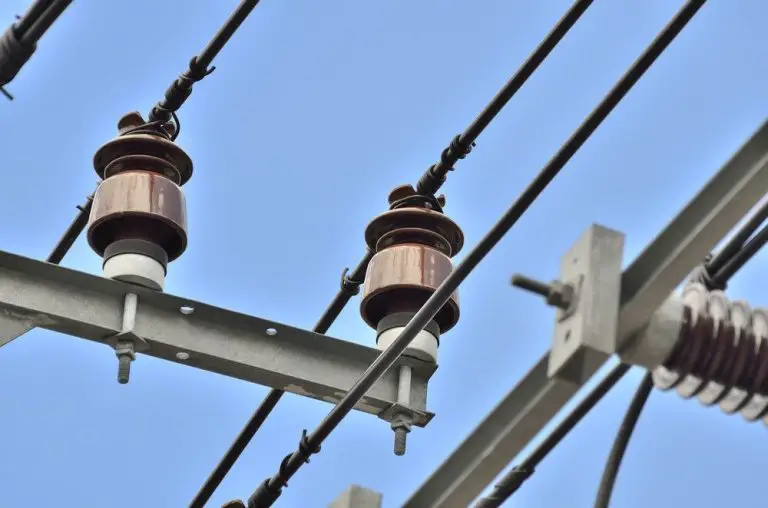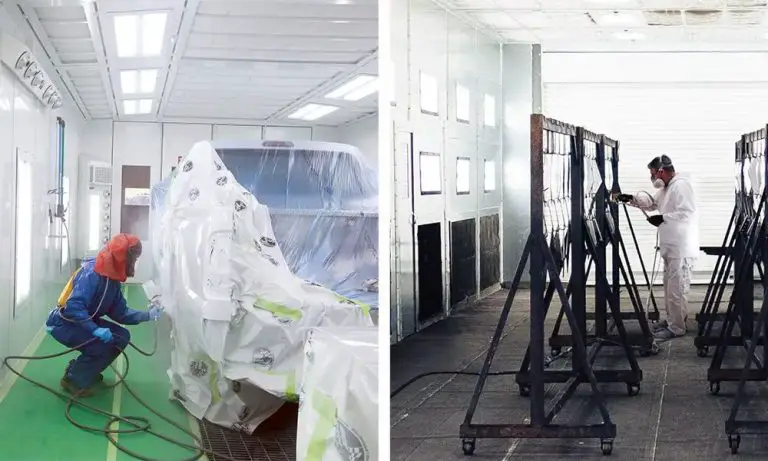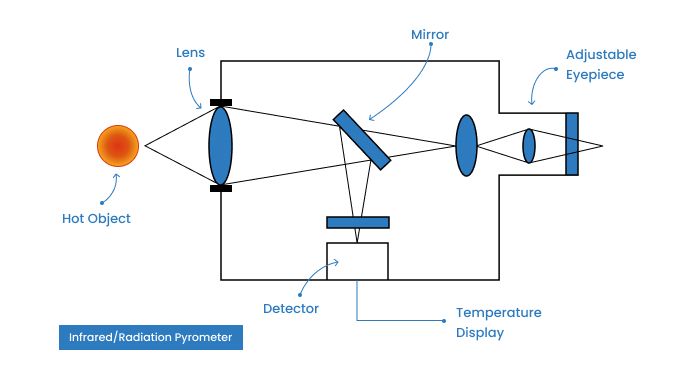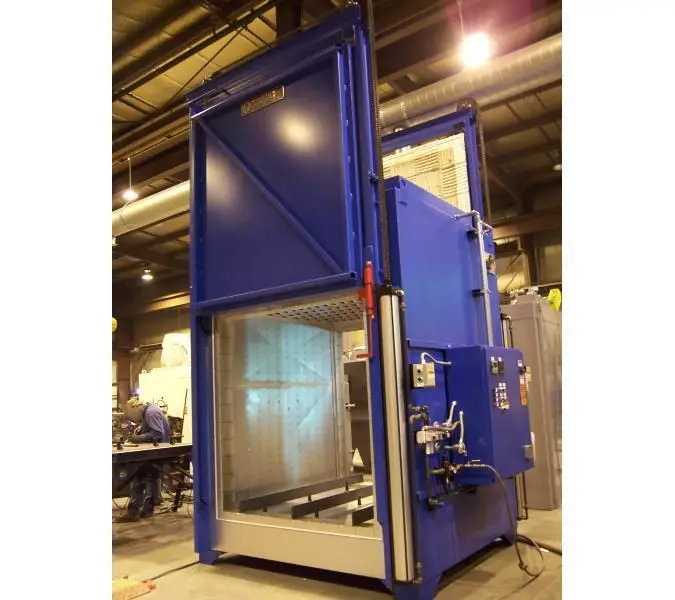Where Can I See The Northern Lights In 2023 In Usa?
The northern lights, also known as the aurora borealis, are a natural light display that occurs in the sky of the northern hemisphere. They are caused by collisions between electrically charged particles from the sun that enter the earth’s atmosphere and collide with gases like oxygen and nitrogen.
The northern lights are a popular phenomenon for many reasons. Their dazzling colors and shapes as they dance across the night sky make them visually stunning. They also evoke a sense of awe and wonder at this incredible natural spectacle. For many, seeing the northern lights is a magical, once-in-a-lifetime experience and a dream travel goal.
This article aims to provide information on the best places and times to see the northern lights across the USA in 2023. We’ll recommend some of the top destinations for northern lights viewing, discuss optimal travel months, and offer tips to improve your chances of catching this spectacular sight.
Best Times to See the Northern Lights
The northern lights are generally visible year-round in far northern latitudes. However, the frequency and intensity of the auroras peak during certain times of the year. According to Capture the Atlas, the best time to see the northern lights is typically between 10 PM and 2 AM on clear nights between fall and early spring, with September and March being particularly good months.
The aurora borealis is caused by solar storms on the sun, which emit charged particles that interact with Earth’s atmosphere to create the glowing lights. The sun follows roughly 11-year solar cycles, with peaks (solar maximums) and lulls (solar minimums) in storm activity. Auroras are more frequent and brighter during solar maximums when solar storms are more energetic.
The equinoxes in March and September are also ideal viewing times. During the equinoxes, the tilt of the Earth’s axis is inclined neither away from nor towards the sun, which allows the charged particles to more easily enter Earth’s magnetic field. This equinox effect, combined with peak solar activity, makes March/April and September/October especially good times for seeing vivid displays of the northern lights.
Best Locations in the USA
The northern lights, also known as the aurora borealis, are best viewed in areas with dark skies, which allows the lights to be seen more clearly. Some of the best locations in the USA to see the northern lights are in Alaska, the northern tier states, and northern New England.
Fairbanks, Alaska offers ideal viewing conditions due to its location directly under the “auroral oval”, the ring-shaped region around the north magnetic pole where aurora activity is concentrated. Fairbanks experiences over 200 aurora viewing nights per year, with peak activity from late August through April (1).
Anchorage, Alaska also provides many clear nights for spotting the northern lights during fall, winter and early spring. The city’s coastal location tends to have more cloud cover than inland Fairbanks, but Anchorage’s proximity to auroral activity makes it a prime viewing spot on clear nights (2).
In the northern continental states, northern Michigan and Minnesota provide front-row seats for aurora spotting. Try viewing from the shores of Lake Superior or at a dark sky park for ideal conditions. The states’ northern peninsulas are directly in the path of the auroral oval (3).
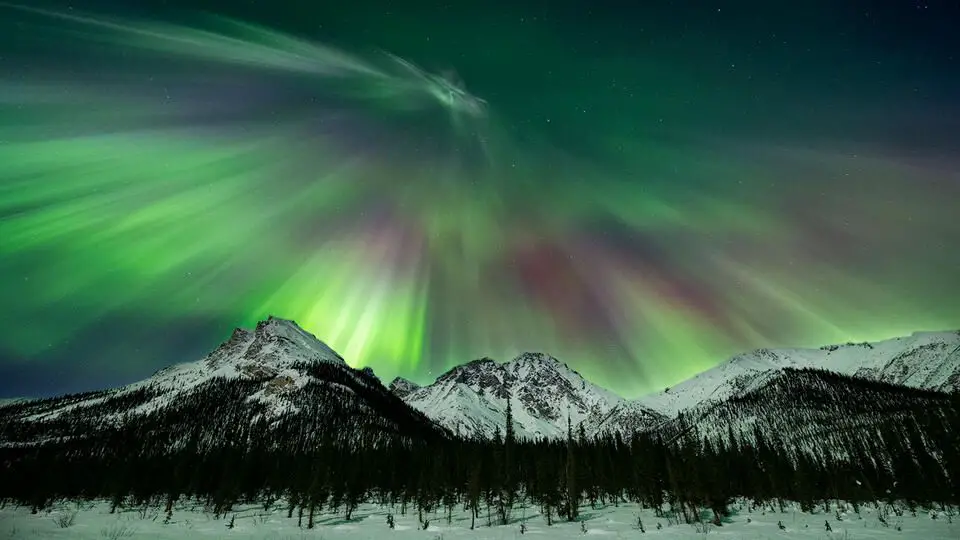
Northern Maine is another excellent option, especially Acadia National Park and Baxter State Park which offer dark night skies. Late fall through winter offers the best chance of clear viewing (1).
While not in the continental USA, Yellowknife, Canada is one of the world’s best aurora viewing destinations. Its position directly under the auroral oval provides spectacular displays, especially from November to March (2).
Fairbanks, Alaska
Fairbanks, Alaska is a popular destination for northern lights tourism due to its location directly under the auroral oval. The best time to view the northern lights in Fairbanks is between late August and late April when the hours of darkness increase. Some ideal viewing spots in and around Fairbanks include the Chena Hot Springs which offers northern lights tours, Murphy Dome for panoramic views, and Golden Heart Plaza in downtown Fairbanks.
According to Lucky 7 Tips for Aurora Viewing in Fairbanks, Fairbanks offers many activities during the day but comes alive at night during aurora season. Located in the interior region of Alaska, its position under the auroral oval gives visitors a great chance of seeing the dazzling northern lights displays.
The Alaska.org article Fairbanks Northern Lights Tours recommends joining a northern lights tour at Chena Hot Springs Resort to maximize viewing opportunities. The resort’s nightly aurora wake-up call ensures you don’t miss out when the lights begin dancing across the sky.
Anchorage, Alaska
Anchorage is a more accessible option for viewing the northern lights than Fairbanks, though light pollution levels are higher than Fairbanks due to its larger population size. The best time to see the northern lights in Anchorage is typically between August to April when the skies are dark enough 1.
Some of the best northern lights viewing spots near Anchorage include:
- Glen Alps Overlook – a viewpoint with panoramic views of Anchorage and Cook Inlet.
- Downtown Viewpoint – a downtown spot with open views unobstructed by mountains.
- Point Woronzof – a coastal park overlooking Cook Inlet.
Tips for successful northern lights viewing in Anchorage:
- Get away from city lights by heading to parks on the outskirts of town.
- Bring warm clothing and blankets to stay comfortable in the cold.
- Check auroral activity forecasts before heading out.
- Allow your eyes 20-30 minutes to adjust to the darkness.
Northern Michigan
Northern Michigan offers excellent opportunities to view the northern lights, especially in remote areas like the Keweenaw Peninsula and along the south shore of Lake Superior. Some of the best spots include the Headlands International Dark Sky Park in Mackinaw City, Port Crescent State Park in Port Austin, and secluded areas along the shoreline of Lake Superior like Whitefish Point, Tahquamenon Falls State Park, and Pictured Rocks National Lakeshore.
The Keweenaw Peninsula, Copper Harbor, and Marquette offer excellent dark sky viewing opportunities to see the northern lights. The lack of light pollution in these remote northern areas provides ideal conditions. Check the forecast and head to dark sky locations on clear nights to maximize your chances of seeing the aurora borealis dance across the sky.
Northern Minnesota
Another northern tier state with remote areas conducive to northern lights viewing. The further north you go in Minnesota, the better your chances of seeing the aurora borealis. Cook County in the far northeastern corner of the state is one of the most popular spots, as it offers minimal light pollution and wide open views of the sky (Visit Cook County). Within Cook County, recommended viewing locations include Caribou Falls and Oberg Mountain.
Voyageurs National Park is another prime northern lights destination in northern Minnesota (Explore Minnesota). The park’s lack of development and distance from major cities provide ideal dark sky conditions. Scenic overlooks along the shoreline and interior lakes offer unobstructed sight lines. Winter nights also bring chances to see the aurora from the park’s frozen lakes.
For the best odds of catching the northern lights, check the geomagnetic forecast and weather predictions. Clear skies are essential. Optimal viewing occurs between 10 pm and 2 am. Dress warmly and allow your eyes to adjust to the dark. Keep the moon at your back or below the horizon. And don’t forget to look up!
Northern Maine
Northern Maine is one of the best places in the contiguous United States to view the northern lights. This is due to Maine’s high latitude and low light pollution levels (sources: https://www.visitmaine.net/northern-lights-maine/, https://visitaroostook.com/story/aurora-borealis-and-wide-open-skies). Popular viewing areas include:
- Acadia National Park – Cadillac Mountain and Schoodic Peninsula offer dark skies with minimal light pollution (source: https://www.nps.gov/acad/planyourvisit/nightsky.htm)
- Baxter State Park – Remote wilderness park with excellent night sky viewing opportunities (source: https://baxterstateparkauthority.com/夜空/)
- Aroostook County – Large county with wide open spaces perfect for northern lights viewing (source: https://visitaroostook.com/story/aurora-borealis-and-wide-open-skies)
For the best chances of seeing the northern lights, visit Northern Maine during peak activity between September and March and check the forecast for geomagnetic storm activity.
Yellowknife, Canada
Just over the US border in Canada’s Northwest Territories lies the city of Yellowknife, one of the world’s best destinations for seeing the northern lights. Yellowknife is situated directly under the auroral oval, the ring-shaped region around the north magnetic pole where the northern lights are most frequently visible (source). This makes Yellowknife’s location ideal for northern lights viewing opportunities. The city boasts around 240 nights per year with northern lights displays (source).
September through April are the prime viewing months in Yellowknife. Late fall and early spring often provide long hours of darkness needed for spotting the lights. Some key tips for seeing the northern lights in Yellowknife include joining a guided tour, dressing warmly in reflective gear, and heading to a dark location outside the city lights (source). Photographing the dancing lights reflects off Yellowknife’s frozen lakes for an exceptional viewing experience. With its optimal location and frequency of northern lights activity, Yellowknife is a top destination for dedicated aurora chasers.
Conclusion
In conclusion, the best times to view and photograph the northern lights in the U.S. are between late-September and early-April when skies are darkest and solar activity is high. The top locations to see the aurora borealis from the U.S. include Fairbanks, Anchorage and other northern regions of Alaska; northern Michigan; northern Minnesota; and northern Maine due to their high latitudes and clear winter skies. For the best chances, check the NOAA aurora forecast and aim for geomagnetic storm watches when solar wind activity is stronger.
Photographing the northern lights requires patience and the right gear. Use a DSLR camera with manual settings, a wide angle and fast lens (f/2.8 or lower), and a sturdy tripod. Set your ISO between 800-3200 to pick up light, use a shutter speed of 5-20 seconds for capturing movement, and set your white balance to auto or incandescent. Experiment with exposures to prevent over or underexposure. Utilize an intervalometer to take continuous hands-free shots. With dark pristine skies, creative compositions, and the magic of the aurora borealis, you’ll be able to capture breathtaking images.


